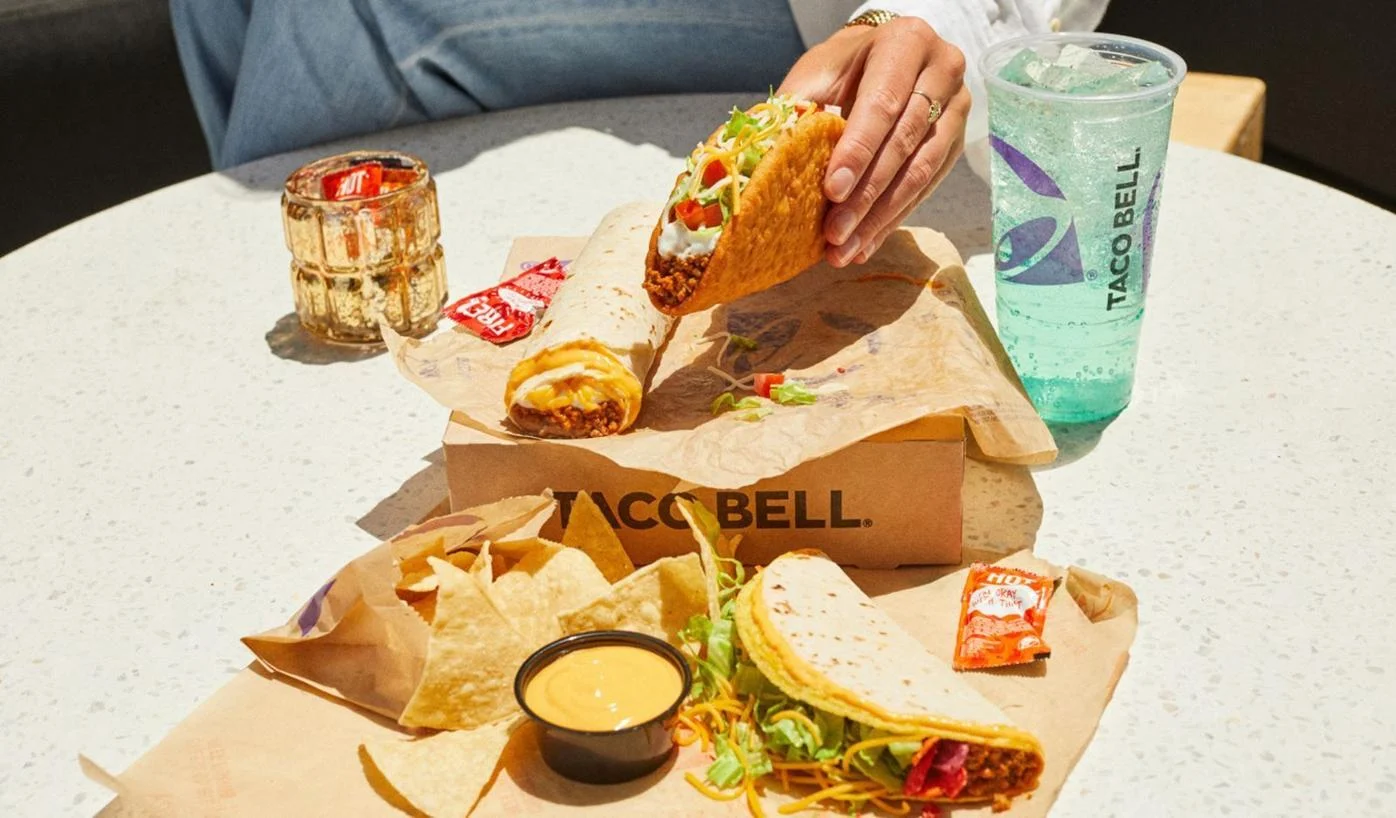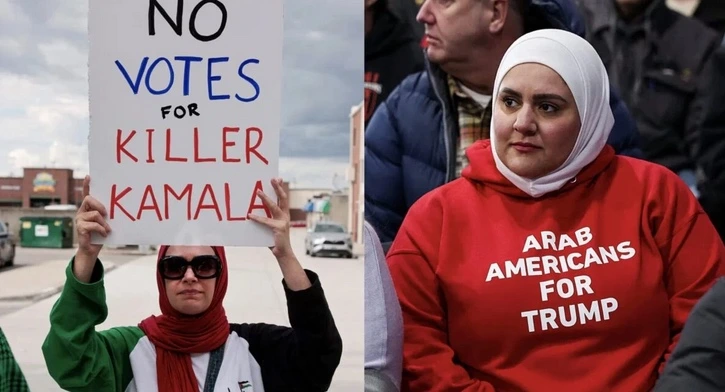Earlier this year, Allen Watson stopped treating himself to his favorite McDonald’s meal: the biscuits-and-gravy combo with a sausage patty and Diet Coke.
A startup cofounder from Myrtle Beach, South Carolina, he says the $11 he spent on the meal one January day finally shocked him into abstinence. “That’s crazy to me, because the sit-down restaurants around here are almost the same price,” Watson says. For the record, he can afford the 11 bucks. But he was starting to feel “price gouged,” he says, and he doesn’t like the thought of high-level executives lining their pockets while frontline workers go underpaid.
“I think it’s just a perception thing for me,” Watson says. “I perceive it to be too expensive, and that’s why I’ve altered my behavior.”
His comment perfectly illustrates a growing shift in consumer sentiment that has brought the fast-food industry to its current DEFCON 1 moment. As inflation pushes menu prices steadily upward (a McDonald’s medium fries costs 44% more today than it did five years ago), more people are asking themselves if that weekly trip to Taco Bell, Wendy’s, or KFC is still worth the cost. For brands that are built on perceived value, sticker shock isn’t merely a turnoff, it threatens the very cornerstone of their identity. A Fast Company–Harris Poll survey conducted in June found that convenience was still the most common reason why people ordered from a fast-food restaurant, followed by affordability. The actual taste of the food came third. As tasty as they are, Big Macs, Baconators, Whoppers, and Crunchwrap Supremes depend not on their high quality but on the enduring promise of being fast and cheap. Without those selling points, what even is fast food?
It’s no wonder that Chris Kempczinski, the CEO of McDonald’s, focused so heavily on consumer perception during the company’s quarterly earnings call in April. Industry-wide traffic in important markets was flat or declining, he conceded. Costs were up. Customers were being pickier about spending. But when one analyst asked Kempczinski whether it was time for McDonald’s to offer more low-cost deals, the boss insisted that it already has the best value in the business. The more urgent solution, he said, was better messaging. The burger giant’s vast network of franchised restaurants—the “system,” in McDonald’s parlance—had to align itself around a grand unified pitch, spreading the word to customers that McDonald’s can still deliver on value amid rising prices.
What was needed, Kempczinski said, was to convey a “strong national value proposition.”
Kempczinski would likely get no arguments on this point from Watson in Myrtle Beach—it’s just that Watson’s idea of a strong value proposition is a less expensive breakfast. Maybe it takes a certain level of C-suite distance to view America’s inflation pain as a problem to be solved with marketing skill. But McDonald’s has done it before, surviving attacks from the popular culture of the early aughts over the ill-health effects of its food, promulgated by the likes of Super Size Me and Fast Food Nation, only to emerge as even more central to the American experience.
And yet all that cachet hasn’t been enough to help fast-food brands escape the unsentimental mathematics of a shrinking dollar. According to a LendingTree survey from April, 62% of U.S. consumers said they were eating less fast food than they used to because it’s too expensive. Between 2021 and 2024, food prices jumped 20%. Inflation during that same period was worse than it’s been in a generation (reaching a high of 8% in 2022), putting restaurant owners in the tricky position of having to justify frequent price hikes to diners, including younger ones who have never experienced anything like this in their lives.
“The industry is nervous around menu-price inflation,” says Darren Tristano, who runs the research firm Foodservice Results. Even though prices for eating out have increased across the board, it’s more noticeable with fast food, he says, “because you’re used to going in and getting that $4 burger—and now you’re seeing it closer to $6.”
About a month after Kempczinski’s April earnings call, we got a glimpse of what a national message around affordability might look like. Joe Erlinger, the head of McDonald’s USA, wrote a blog post aiming to debunk some of the more dramatic examples of menu hikes that had been circulating on the internet, such as a 95.5% increase in the price of McNuggets. These examples, Erlinger argued, were “poorly sourced” and “inaccurate.” But if an $18 Big Mac meal that goes viral on social media is an extreme exception, calling it out by way of corporate megaphone might be missing the point: The real increases that Erlinger cited—Big Mac prices rose 21% in five years—were still high enough to raise eyebrows. In a vibes economy, managing expectations is half the battle, and all the angry Reddit discussions and TikTok posts about runaway fast-food prices suggest that brands have lost control of the narrative.
What they’ll do to get it back is one of the things that concerns Frances Fleming-Milici, a researcher at UConn’s Rudd Center for Food Policy and Health who studies food marketing and its impact on children. Fast-food brands, she’s found, focus their marketing on less healthy options, “the food that makes people sick,” she says—burgers, fries, and sodas. “The fear is that there are going to be even more promotions to attract these cost-conscious consumers,” Fleming-Milici says.
Indeed, fast-food brands came out swinging this past summer with limited-time meal deals, one-upping each other to see how much food they could cram into a $5 offer. Wendy’s gave away free Frosties with its calorie-packed Biggie Bag, while the McDouble Meal Deal included more than half a day’s worth of fat in one sitting. Health implications aside, aggressively low-cost deals aren’t likely to offer a sustainable business model in the long term. In the McDonald’s earnings call at the end of July, Kempczinski admitted that consumer selectiveness had only “deepened and broadened.” Asked to comment for this story, McDonald’s referred to public remarks from executives who’d noted in July that the chain has become more heavily focused on value and was seeing positive results from promotions like the $5 Meal Deal. While the definition of “value” for McDonald’s seems to be aligning with that of consumers (cheaper food), some observers say these kinds of deals may portend a race to the bottom. “You can go low and lose money,” Tristano says. “If we’re fighting to see who can offer the lowest price on fast food, that chain is going to wind up being a loser in that battle.”
The parent companies behind major fast-food chains remain highly profitable. (Net income last year for McDonald’s was $8.47 billion.) But while consumers balk at higher prices, businesses are facing inflationary pressures at every link of the supply chain, whether it’s food costs, insurance, rent, or labor.
Just ask Scott Rodrick, who owns 11 McDonald’s restaurants in Northern California. In June, he said that some of his locations were seeing foot traffic and per-customer spending decline as his costs have grown. “There has been no time in my 30 years in business where I have been so pressured to grow sales and keep costs in line,” he told me.
Rodrick’s family has operated McDonald’s restaurants for more than 50 years. His father was one of founder Ray Kroc’s first franchisees in South Florida. Being a McDonald’s franchisee is still an “excellent business,” Rodrick says, but it’s increasingly fraught, especially in California. He’s been no fan of the wage law that now mandates $20 an hour for fast-food workers, calling it “extraordinary” and “unprecedented.”
Rodrick doesn’t believe that the industry can discount its way out of its current business challenges. “Value is the combination of price plus experience,” he says. “I don’t sell gasoline. I have a business where I can quite easily price myself out of existence.”
Such dire language from an owner on the ground contrasts starkly with some of the solutions coming out of McDonald’s HQ in Chicago. How do you convince people that they’re wrong about the price of a Big Mac?
Two days after we spoke, Rodrick announced that the McDonald’s store he owns in San Francisco’s Stonestown Galleria would be closing for good after 30 years.
Consumer behavior is notoriously unpredictable. Some experts suspect that the fast-food industry will be fine once people adjust to this new normal. “They see higher prices and tend to back off, but then they return to buying the things they want,” explains Tristano. And maybe that’s why fast-food brands employ the best marketing teams money can buy, as a hedge against the unsettling idea that every consumer has a unique tolerance level. For some, a true breaking point may never come. For Allen Watson, it came one January day in Myrtle Beach, when the asking price for his favorite combo meal got a little too steep. “I made the decision right then and there,” he says. “That’s the last one I’m ever going to have.”







![Menu price increases at McDonald’s, Taco Bell, and other chains are sparking consumer revolt 2 [Photo: Scott Semler ]](https://img-s-msn-com.akamaized.net/tenant/amp/entityid/AA1qM00X.img?w=768&h=960&m=6)




3.58 for small fry at carls junior
$18 for a Big Mac Combo at the McDonalds on the CT turnpike.
There’s a great rise in homelessness. I’d imagine people are prioritizing surviving over whether or not to go to McDonald’s.
In 2014, McDonalds annual earnings per share was $4.82.
In 2024, it was three TIMES that amount.
This isn’t about “inflation.” It’s about the enormous GREED of the corporation trying to triple its profits in 10 years. Did it succeed? Yes. Are they killing the Golden Arch Goose? Also yes.
How can an article that is looking at a business not include this crucial and easily discovered information? Is the author even a journalist? You people need some decent editors.
So buy McDonalds stock you can get some of those profits.
They say the fish sandwich seems small. I guess now the 1/2 slice of cheese they give you will fit better on the fish. Why do they do that to fish lovers? Cheese burgers get a whole slice?!